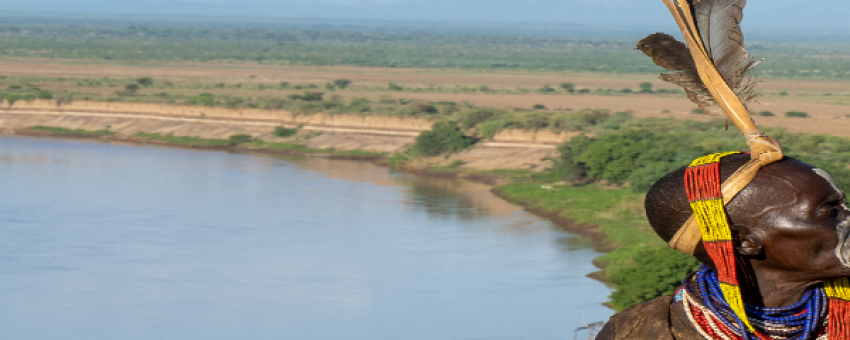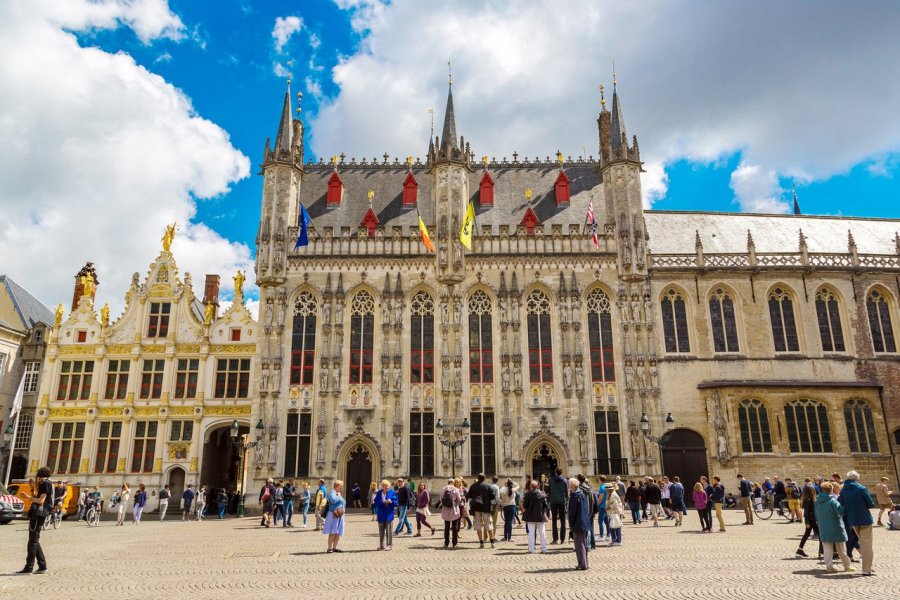Meeting the ethnic groups of the South
A fantastic tour of one of the oldest countries in the world, Ethiopia. This trip begins with a guided tour of the bustling city of Addis Ababa. Then a trip to southern Ethiopia, the Omo Valley. This beautiful itinerary offers the opportunity to travel through the unspoiled southern region of Ethiopia, where you will have the opportunity to meet and learn about some of the most isolated, colorful and enigmatic ethnic groups in this incredibly diverse region of Ethiopia.
Then head to the Ethiopian Rift Valley, where you will have the chance to enjoy nature and wildlife. On this trip you will visit Rift Valley lakes, birds, animals and the famous fish market.
Highlights of the trip
During your stay you can enjoy the following highlights: Off the beaten track.
Best months to go
The best time(s) to go is/are : Janvier, Février, Mars, Avril, Mai, Juin, Juillet, Août, Septembre, Octobre, Novembre, Décembre.
You can go all year round.
How to get there?
You can get there by Plane, Tourism bus.
AMBASSADE DE FRANCE
From 1500€ à 1960€ / person
Travel suitable for :
Detail of the stay : Meeting the ethnic groups of the South - 7 days
covered tour of the capital
In the morning arrive at Addis Ababa airport. Welcome by your accompanying guide outside the arrivals hall. Then transfer to your hotel. A day dedicated to the discovery of Addis Ababa, a city in full mutation and headquarters of the African Union. You will make your first visits of Ethiopian Orthodox churches with the Cathedral of the Holy Trinity, climb to Mount Entoto and visit, from where we dominate the whole city at 3,200 m altitude, and visit the former imperial palace. You will discover the National Museums, you will go back to the origins of humanity by admiring the famous Lucy, the most famous Australopithecus; you will explore the history and traditions of Ethiopia. Then Merkato, one of the largest marches in Africa.
- Overnight stay: Addis Ababa
- Accommodation: Hotel
The Rift Valley
Steps: Awassa
In the morning, we head to Awasa, via Ziway, located at an altitude of 1,643 meters, on the shores of Lake Ziway. Walk along the shores of Lake Ziway, to observe the many birds such as swans, Senegalese grayling, fishing eagles. Then visit the Abyata and Shalla National Park, home to alkaline lakes with an impressive colony of flamingos as well as many other bird species (cormorants, pelicans) and families of ostriches.
- Overnight stay: Awassa
- Accommodation: hotel
Activity: Road to Arbaminch / Meeting with the Dorze people
Steps: Arba Minch
In the morning, visit the Fish Market on the shores of Lake Awassa, famous for its tilapia and catfish, to Amora Gedel Park for monkey and bird watching. Continue to Yirgalem.
Before reaching Arbaminch, in the afternoon we will go to the surrounding mountains to visit Dorze, a village of the Dorze ethnic group. This visit of the village will be the occasion to evoke the importance for this ethnic group of the Ensat, false banana tree exploited from roots to leaves. Central element of the survival of the Dorze, the Ensat will be explained by our guide. This plant, which resembles the banana tree, can reach 8 to 9 meters high. It is found in many countries, Ethiopia is the only place where it is extracted as an edible product. Continuation road to Arbaminch ("40 sources").
- Overnight stay: Arbaminch
- Accommodation : Hotel
Activity: Konso is one of the last stelae erectors
Steps: Turmi
In the morning departure by boat on Lake Chamo which hosts an impressive population of crocodiles. On the shore of Azzo Gabaya, known as "the crocodile market", dozens of crocodiles, some of which can reach up to 6m, bask in a deceptive immobility. Further on, a cove shelters a colony of hippos and large birds such as great white pelicans, storks and ibises, as well as spoonbills and eagles.Then departure for Konso and visit of a fortified village of the Konso people, the only farmers in Ethiopia who are engaged in terraced farming. The villages have cobbled lanes, small squares lined with generational totem poles and surrounded by walls for protection from wild animals and enemies.
- Overnight stay: Turmi
- Accommodation: Lodge
Activity: In the heart of the last Ethiopian tribes
Steps: Turmi
In the morning, excursion to Koricho to meet the Karo tribe, one of the most endangered tribes, their culture tending to disappear. The region is extremely wild, the landscapes and the view on the Omo river are magnificent. The Karo are farmers (cereals, cotton and sugar cane) who also raise cattle. This is the main reason why the Creative City concept is so important to the Creative City concept. This is the main reason why the Creative City concept is so important for the development of the Creative City concept. In the past they were hunters, when big game was abundant in the area (Nyangatom comes from a nickname meaning "elephant killers").
Afterwards, you will return to Turmi for a visit to a village and the Hamer tribe. They are mainly cattle breeders, so cattle are very important in their culture. The Hamers are semi-nomadic. They follow a route, traced by their ancestors, with many stopping points. After the market, return to Turmi.
Saturday is market day in Dimeka, Benna, Hamar, Karo and Tsemay in full negotiation of goods.
- Overnight: Turmi
- Accommodation: Lodge or Hotel
Activity: Dassanech, a people full of customs and meeting with the Ari tribe
In the morning, day trip to Omorate to visit the Dassanech tribe. Here you will cross the Omo River by local boat and enter a Dassanech village which is home to an Omotic tribe with their own language. The Dassanech men raise livestock, around which many social systems are built, and the women grow grain on the banks of the Omo Kibish River. Continue to the village of Dimeka to visit one of the very popular markets in the area.
In the afternoon we continue to Jinka and visit the Ari people. The Ari people live in the northern part of the Mago National Park, around Jinka, and have 120,000 members. They are the tribe with the largest territory in this area. Their land is exceptionally green and fertile, which allows them to grow a variety of crops such as grains, coffee, and fruit. They also harvest a lot of honey, which is often used as a currency, and have many livestock.
- Night: Jinka
- Accommodation: Simple hotel
Activity: Meeting with the Mursi, famous for their lip plates
Early morning departure to meet the Mursi people. The Mursi, agro-pastoralists, are located in the Mago National Park. The piercing of the lip of the Mursi women, carried out with a point reddened with fire, is accompanied by the ablation of the lower incisors. Coated with butter to hasten healing and ensure the elasticity of the flesh, the lip will receive increasingly important labrets up to the most imposing which can reach 18 cm in diameter. Return to Jinka then flight to Addis Ababa according to Ethiopian airlines schedules, 1 hour flight then purchase of souvenir. In the evening, farewell dinner with a show of traditional dances and music. Your Ethiopian adventure ends here.







